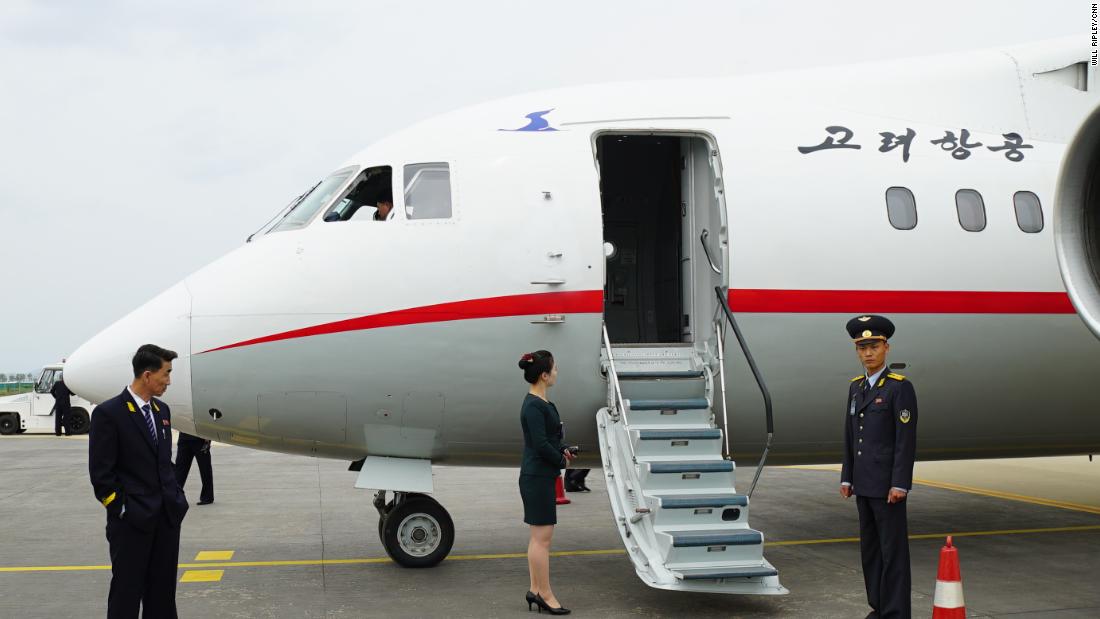[ad_1]
The journalists — including a CNN crew — are leaving from Wonsan, a port city on North Korea’s east coast, where they landed Tuesday after catching a specially-chartered plane from Beijing.
That flight was just the first leg in the long journey to Punggye-ri, more than 200 miles (370 kilometers) north of Pyongyang.
To get there requires an 11-hour journey train, four hours by bus, followed by up to an hour of hiking to the mountain location from where the journalists have been told they’ll see the nuclear site’s destruction.
The journey has been made more difficult by recent heavy rain, which has affected the very basic roads in the area around Punggye-ri.
Eight South Korean journalists were allowed to join those already in the country at the last minute Wednesday morning, after they were initially denied permission to travel to North Korea, for reasons which remain unclear.
While international media are regularly able to travel to the capital Pyongyang or — during a period of rapprochement between North and South — the jointly-run Kaesong Industrial Complex, visits to other parts of North Korea are far rarer.
CNN International correspondent Will Ripley has visited North Korea 18 times, but this is the only time he hasn’t flown via Pyongyang. A previous CNN trip to Wonsan involved traveling to the capital first and then going by land to the coast.
In Wonsan, the CNN team landed at a newly renovated airport, bedecked in blue and red, the colors of the North Korean flag.
The government hopes to build up the tourism industry of a city once most famous for being the launch site of many of North Korea’s intercontinental ballistic missiles (ICBMs).
This was also evidenced by the vast hotel the foreign journalists were put up in, where they were the only guests, except for their official government minders.
It remains unclear just how much the media will be able to see of the destruction of the Punggye-ri site. A date and time for the event has yet to be announced, but given the long journey from Wonsan, it’s not likely to take place until late Thursday or Friday.
No weapons inspectors or nonproliferation experts have been invited to attend the event, which North Korea has said would “ensure transparency of discontinuance of the nuclear test.”
“The North Koreans have conducted all these tests here, every single weapons test, so if they let experts in to look at these tunnels before they let anyone else in that would be potentially for us an intelligence boon,” said Bruce Bechtol, a professor of political science at Angelo State University.
Regardless of the site’s current state, the North Koreans seem keen to control even what the journalists invited to view its destruction can learn about it.
CNN’s Sophie Jeong, Jamie Tarabay and Tim Schwarz contributed reporting from Seoul, South Korea.
[ad_2]
Source link




